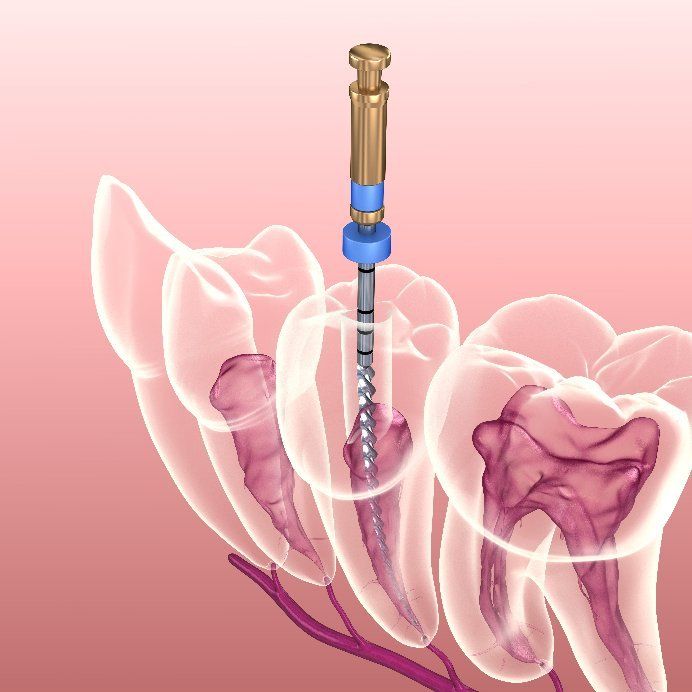Is IV Sedation Dentistry Necessary for a Root Canal?
- By Mary Marks
- •
- 11 Oct, 2022
- •

Root canal
obturation is one of the most feared dental interventions for patients, typically
for unreasonable reasons, related to the fear of pain. Many of the
Denver sedation dentistry
offices can help alleviate the fear
associated with dental procedures.
In reality, this procedure is not followed by any terrible pain, on the contrary, it relieves pain. It is true, however, that this myth comes from the early era of the intervention, but modern technology, methods of sedation and anesthesia bring comfort to even the most fearful patient.
IV sedation involves an injection with a sedative drug, usually in a vein in the hand.
More and more dentists use a mixture of benzodiazepine with one of the many narcotic analgesics. Benzodiazepine has an immediate effect of amnesiac type, able to remove the fear of pain, while the analgesic gives a state of slight euphoria.
The anesthetic effect of this combination is estimated at 80-90% and remains active approximately 20-40 minutes after administration. The patient will become relaxed and slightly drowsy but will be able to cooperate with the dentist throughout the treatment. After the procedure, the patient is kept under observation for another hour. It is not recommended to drink alcohol or drive a vehicle after such a dental intervention.
The possibility of side effects and complications is insignificant, so do not listen to all the rumors and trust your dentist instead! They are there to help you, not to cause you, for no apparent reason, an incredible pain…





Although oral sedation dentistry Highlands Ranch is one of the optionsavailable for managing anxiety and discomfort during oral surgery, you certainly do not need to use it all the time. As a matter of fact, the exact type of sedation or anesthesia that you receive during oral procedures may depend on various factors, such as the complexity of the procedure, your medical problems, as well as your doctor’s preferences.
There can be several different levels of sedation that can be used in oral surgery. Local anesthesia is one of them. This involves injecting anesthetic medication into the specific area where the surgery will take place. It numbs the area and is often used for less invasive procedures.
Oral sedation involves taking medication in the form of a pill to induce a state of relaxation and drowsiness. The patient is still conscious, but he/she may not be fully aware of the procedure. At any rate, sedation helps him/her get rid of anxiety.
In the case of intravenous sedation, medication is administered through a vein, which induces a deeper state of sedation than oral sedation. Patients may still be conscious, but they are less aware of their surroundings and may not remember the procedure.





